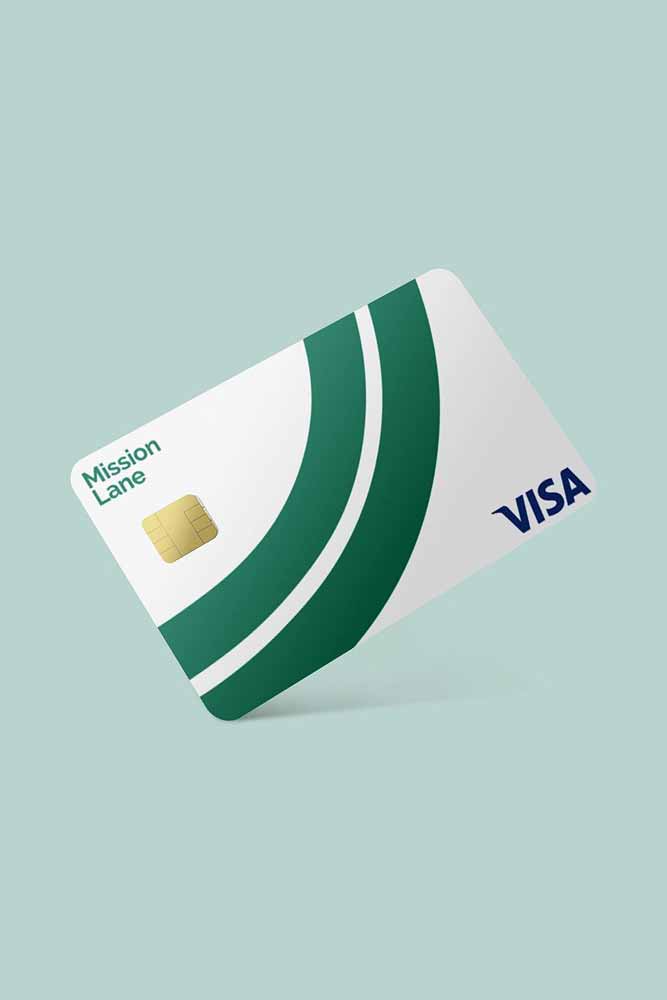Meet the team driving Customer Experience (CX) at Mission Lane
Shane Berry works closest to NPS. Celina Tousignant implemented our CSAT pilot with Anthony Burton (more on his operations team later), which Matt Judd now supports. Allyse McGrath drives user research across Mission Lane, as well as analyzing data from CSAT and NPS.
Tell us about how your Delighted program is set up.
Celina: We use Delighted NPS and CSAT surveys to gather feedback from our customers. We then use an application programming interface (API) export to warehouse the data, as well as a Zendesk integration to create a ticket for each survey.
Here’s a detailed breakdown of how we’ve set up our program:


Tell us about how your department is set up.
Celina: We’re in what we call the Customer Experience Office. We cover design, research, content, brand management, and a little bit of everything else, but we are not the marketing department. In most other companies you’ll see many or most of these services under one department or perhaps within the product/engineering space. Whereas for us, we’re two different teams.
The biggest thing for us, particularly related to Customer Satisfaction (CSAT) and our use of Delighted, is that the customer experience is inherently important; we are not beholden to marketing KPIs. That’s not something our team focuses on; customer experience is important for customer experience’s sake.
The Customer Experience Office is a horizontal team, meaning we drive CX across all touchpoints of the org but primarily through product and communications. Customer Operations is a separate function, driving CX via agent touchpoints (phone calls, messages).
Tell us more about your Customer Operations team.
Anthony: Our Customer Operations team is composed of customer-facing agents that work in broad teams in many different functions, including general servicing, fraud, collections, and more.
Customer Operations makes the customer whole — giving them whatever information or service they need; getting it done in the most effortless way possible; as well as capturing information, learning from the interaction, and getting that feedback to the people who can improve that experience (e.g., our Customer Experience Office, product team, and so on).


Tell us about Mission Lane.
Celina: Mission Lane LLC is a financial services company dedicated to helping everyone have access to fair and clear financial services and improve their financial health. We currently have about 400 employees (and growing).
We believe in creating a relationship where everybody wins. Our members do well when they succeed with our credit cards, money account, and other services. We do well when they prosper.
We started with one credit card product and have since expanded into different types of credit cards, a debit product, and an experience for job discovery and income tracking to help folks manage their financial lives.
Earlier this spring, we reached our one millionth customer.


How do you differentiate yourself from your competitors?
Celina: First, by respecting our customers (our 100th percentile Net Promoter Score (NPS) supports this). Second, by lending where others don’t. Our proprietary technology and products allow us to provide credit to more people than the competition. And third, with our brand. We’re currently undergoing a visual brand evolution where we plan to play even further into the “everyperson” archetype; we want to push our sense of belonging even further, ensuring folks know Mission Lane is here to take them where they want to go.
How did your program help you navigate turbulent times?
Shane: Customer experience is fundamental to our approach at all times. And we were able to ensure that our customer experience maintained stability through uncertain circumstances because we had the systems in place to view it.
Anthony: In addition, having Delighted — and the ability to survey customers during COVID — really helped us keep the finger on the pulse of what was going on with our customers. Specifically: What are their needs? What are they asking for? What are they sharing? What might competitors be doing for them? Why isn’t Mission Lane doing that?
We also heard: “Mission Lane is the only company that’s done this for us.” “Mission Lane customer for life. Thank you.”
Hearing directly from customers about how Mission Lane stepped up for them gave us a big morale lift internally. That was really powerful during the early stages of the pandemic, and still even to this day when we have company-wide meetings and we share these customer verbatims across the entire company. It created an immense sense of pride and accomplishment.
How do you measure the success of your customer experience program?
Shane: Our top-line metric for customer experience right now is NPS. And we gather that NPS via Delighted. We acknowledge that that top line does not tell us the whole picture, but it is the number one thing that we look at as our North Star metric. And there’s a whole host of other things we use to supplement that, including CSAT.
NPS gives us a quantitative number that we can track over time and use as a benchmark. It’s valuable for a lot of discussions and for watching over time, but where we find the most value is in the aggregate qualitative feedback that we get.
And that’s because there’s value, not just in understanding where we are from an enterprise standard point of view or a customer experience point of view, but also in the actual verbatims we get. There’s morale value in the positive feedback that we get. We’ve been leaning more and more into that over time, and it’s something that really is hugely valuable internally.
What does Delighted enable your team to accomplish? What would you like to do more of in the future?
Allyse: The verbatims and the qualitative feedback we get with NPS help us understand where there’s heat within the broader customer experience. For example, credit line increases are a place where there’s typically a lot of heat. There are a lot of detractors; there are also a lot of promoters.
And knowing that is an area where people have stronger positions, or where it’s brought up as a reason why they’re giving us one score or another, is really helpful because it can help us understand where we need to lean in and really explore if there are ways that we can make this experience better. As in, what’s working for people? And what’s not working? And how can we address that?
Shane: We know what our top three customer experience priorities are because of this. And that allows us to make decisions in terms of resourcing that we wouldn’t be able to make if we didn’t have this point of view.
Allyse: As we mature, we’ll get better at capturing sentiments and attitudes across the experience. Right now, we do have a good sense of why we get good NPS scores. There’s just a general feeling that our customers like Mission Lane. As we grow with Delighted, and have a broader set of touchpoints with customers, being able to better understand the sentiment across that experience will allow us to continue to prioritize where we should be putting our efforts.
Celina: Additionally, Delighted really enhances our customer-centered and human approach to both product development and customer service. We don’t only get broad trends from the Delighted data, but are also able to zero in on individual customers and reach out to them to fix their experience.
What advice would you give to someone starting an experience management program?
Shane: Don’t drag your feet in getting started. Any feedback is helpful, and will add more value than you think.
If you’re feeling hesitant because an experience management program seems too reductive, or that your customer experience is more nuanced than a CSAT or NPS score — you’re not alone. However, in reality, these are the perfect tools for explaining the nuance of customer experience.
When you ask individuals how they feel, you get their specific answer — and that’s tremendously valuable. Many companies take a scale-focused approach to improving experience, but individual feedback from one person is the most powerful thing for creating insight and telling you where to focus your customer experience.
Would you recommend Delighted? Why?
Shane: 100% yes! Delighted is backed by a super responsive and supportive team who’ve helped us grow with the platform. Even if the tool doesn’t serve 100% of our needs at a given time, the team will help find a way to make it work and/or identify a solution.
In addition, Delighted is extremely easy to set up, easy to navigate (for analysis, visualization, and more), and easy to pivot later on whenever we’ve needed to make changes to questions, adjust survey usage, and so on.
No decision is irreversible, and the team is always there to help.

Delighted helps some of the world’s most coveted brands gather actionable customer feedback and make customer satisfaction a competitive advantage.



Sign up now to send surveys for free. You’re minutes away from getting feedback!